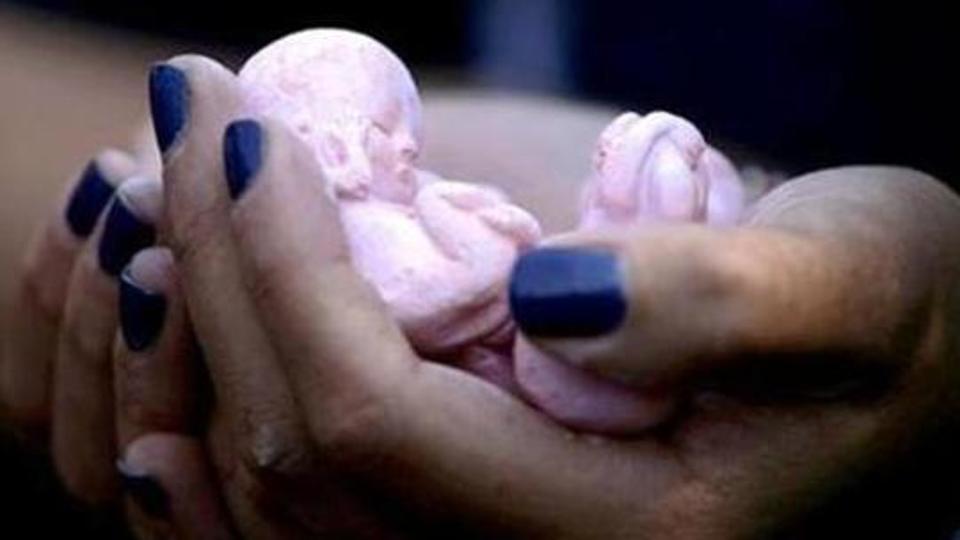
One in three of 48.1 million pregnancies in India ended in an abortion, according to the country’s first large-scale study on abortions and unintended pregnancies that accounted for 2015 data.
The country recorded around 15.6 million abortions in 2015, reports the study published in The Lancet.
Close to half, or 48%, of pregnancies were unintended and 0.8 million women used unsafe methods for an abortion, putting their health and lives at risk.
Using abortion pills was the most popular method, which made up 12.7 million or 81% of all abortions, followed by 2.2 million surgical terminations of pregnancy.
Around 22% or 3.4 million abortions were done in public health facilities. But 11.5 million or 73% were medication abortions done outside health facilities and 0.8 million were conducted by informal providers.
“Our estimate of 3.4 million public facility-based abortions in 2015 is nearly five times the number reported to the government in 2014-15 (701,415 abortions) because we included data from public, private and nongovernment organisations,” said Chander Shekhar, co-author of the study and professor at the department of fertility studies, International Institute of Population Studies, Mumbai.
Shekhar held out hope over the fact that one in four women in India chooses public facilities for safe abortions.
This “will make it possible to expand services at little added cost by training nurses and other healthcare providers and equipping public facilities with necessary equipment and supplies for surgical and medical methods of abortion”, Shekhar said.
The country’s abortion rate of 47 per 1,000 women aged between 15 and 49 years is lower than Pakistan’s 50 and higher than Nepal and Bangladesh, whose figures are 42 and 39 respectively.
India has a strict anti-abortion law that prohibits termination of foetuses above 20 weeks, except when the mother’s life is at risk.
Surgical abortion can be done only by trained, certified doctors in registered facilities, while pills to abort foetuses up to seven weeks old can be prescribed outside registered hospitals.
Medical methods using WHO recommended combinations of mifepristone and misoprostol account for four in five abortions in India.
“These methods are safe and effective when used in accord- ance with WHO guidelines, which make a strong case for expanding the medical provider base for prescribing abortion within a certain number of weeks and ensuring there is referral, if needed,” said Anjali Nayyar, executive vice president with Global Health Strategies.
The draft bill for the Medical Termination of Pregnancy Act, 2014, proposes relaxing the upper limit of legal abortion from 20 to 24 weeks for “vulnerable” groups and permitting trained healthcare personnel, including midwives and Ayush doctors, to offer medical methods of abortion for pregnancies up to seven weeks.
Absence of safe, legal abortion services force women to seek help from untrained pharmacists, chemists and informal vendors.
“The study indicates there is need for improved contraception services to help couples prevent unplanned pregnancies,” Nayyar said.